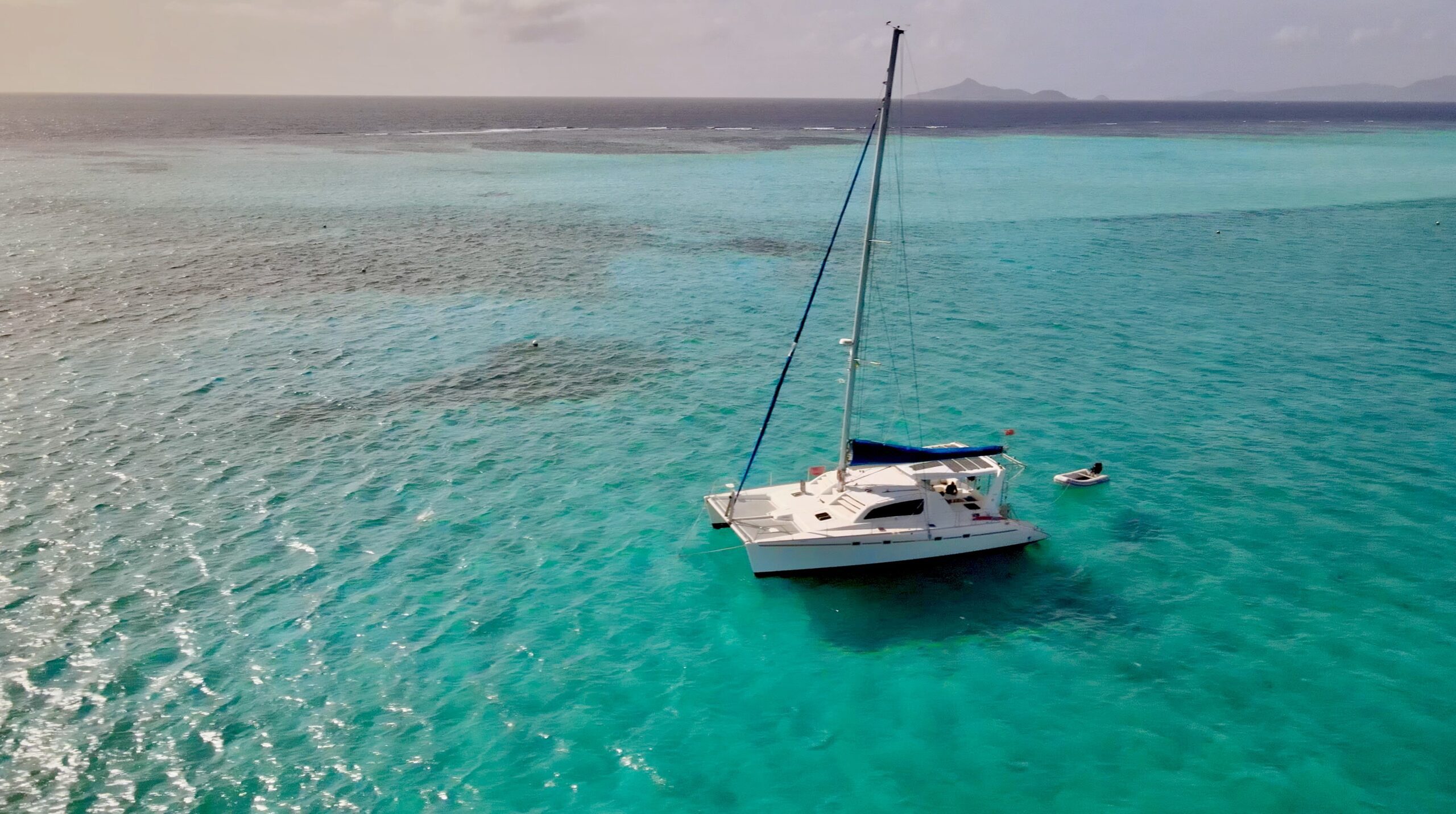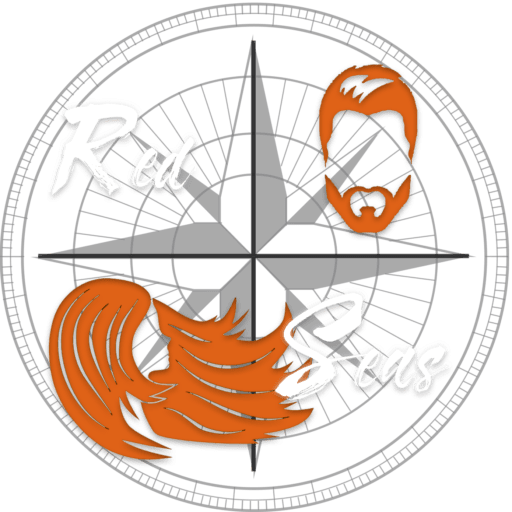
How our Leopard 47 is configured for power and steerage
Probably the biggest factors in our searching for a catamaran, the desire for shaft drive propellers and skeg hung rudders were paramount to our technical requirements.
In the world of monohulls that would not be a tall order but in catamarans, the standards are for sail drive systems and paddle rudder systems. Why? Mainly because modern charter catamarans are focused on internal volume and home comforts. Being able to lower the aft beds to a ‘normal’ knee hight for ease of access and reduce drag in the water to achieve even a gentle speed through water have become virtually mandatory to their design.
In our case, we wanted shaft drives as this reduces the need for regular haul outs and maintenance while ensuring any potential grounding incidents can do minimal damage to the hulls themselves. While there are many views on the maintenance requirements of the various manufacturers of sail drives, almost all the accounts we have heard have suggested that annual or bi-annual haulouts are required to service gear boxes and transmission oil seals. We dont intend to haul Indioko that regularly and so shaft drives were far preferable. Furthermore, if the worst were to happen and a propeller get stuck on a reef, there is a chance that a sail drive unit can cut its way through the under side of the hull. While not a common occurrence, we have a direct connection to a vessel where this was exactly what happened. So our aft beds are higher than most modern catamaran designs but we can also maintain our engines and shafts from inside the boat easily without the need to haul out the boat.
A skeg hung rudder was also a challenge in a ‘production cat’ made for charter. After all, why would a week long holiday home need to worry about super strong, protected rudders that wont wrap up a drifting fishing net? Indioko’s rudders are both mounted behind sturdy fibreglass skegs and supported below with a large brass end cap. As such, the rudders are completely protected from head on damage and unable to tangle with any floating lines. They also operate as added protection for the prop shafts which are shielded by the keels in front and the rudder skegs behind.

